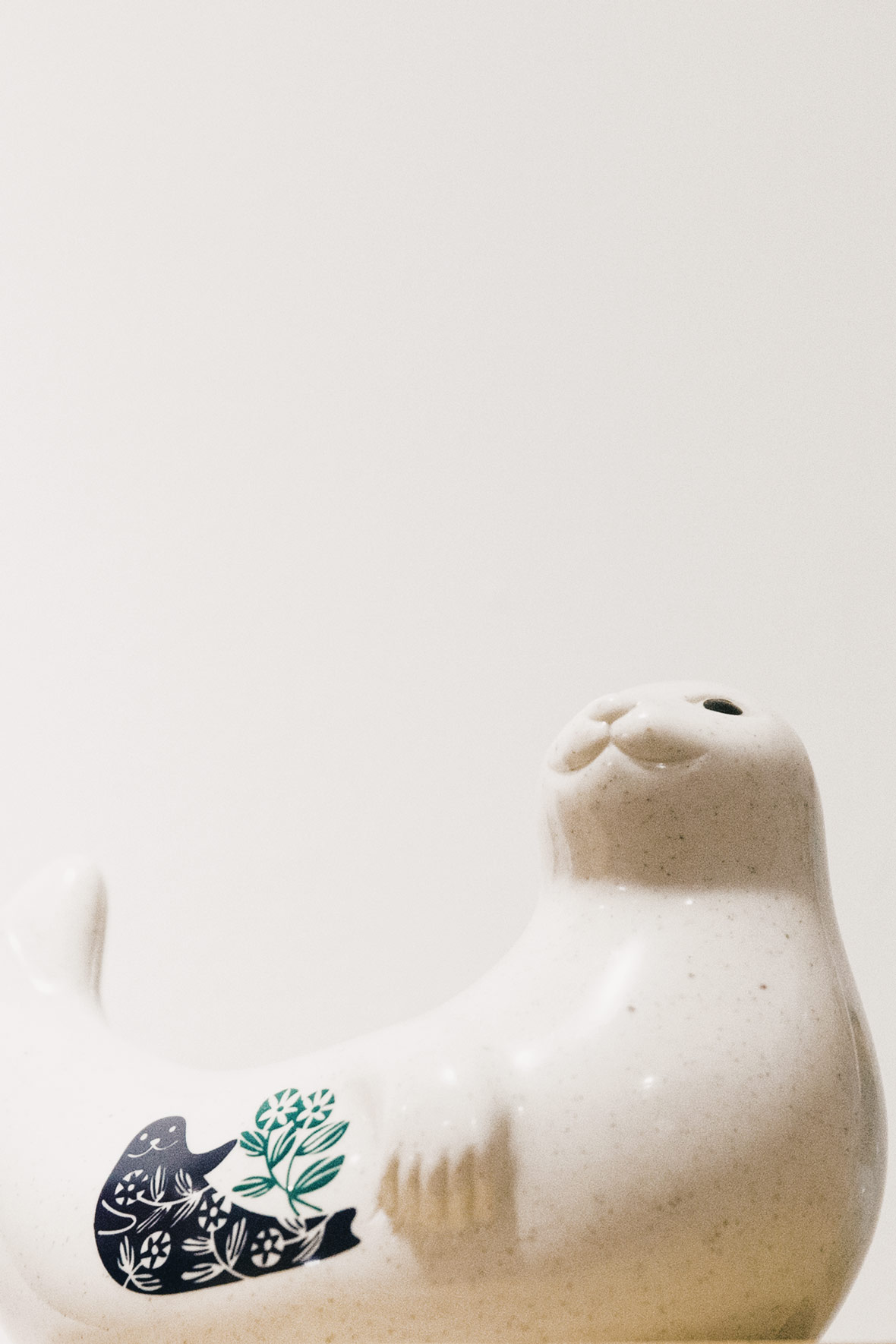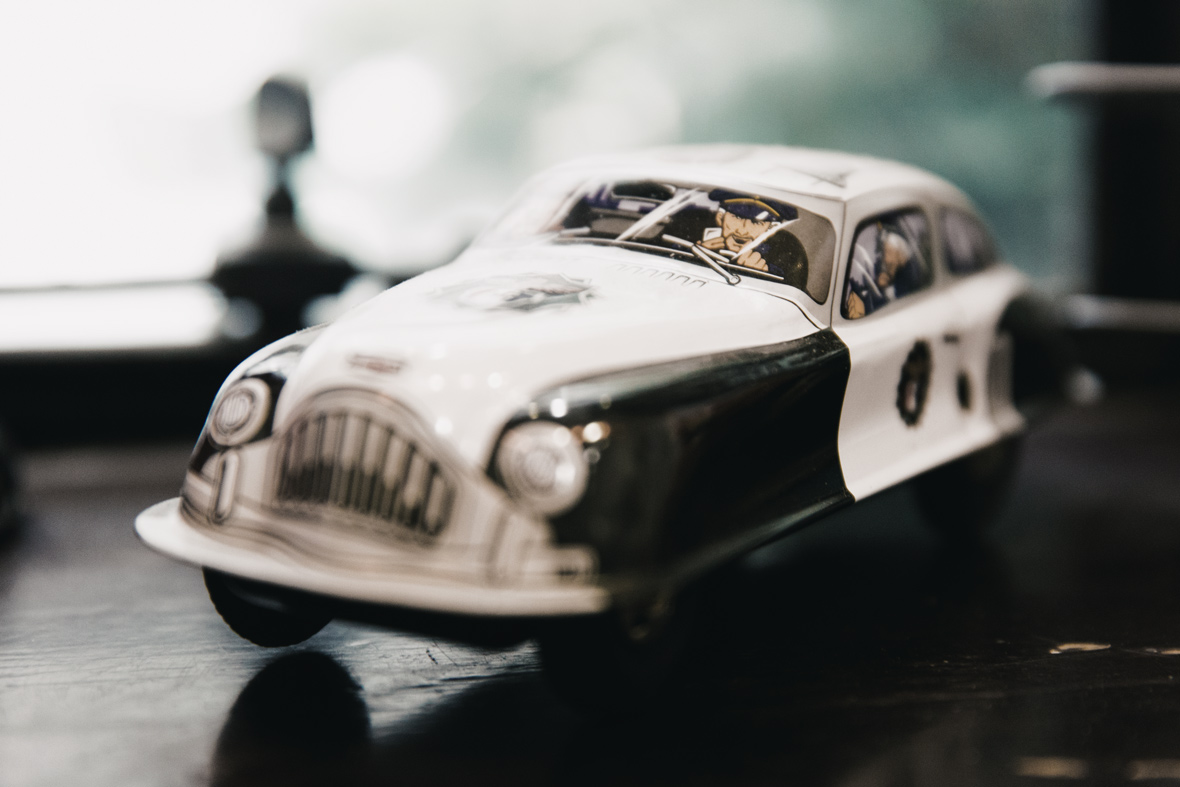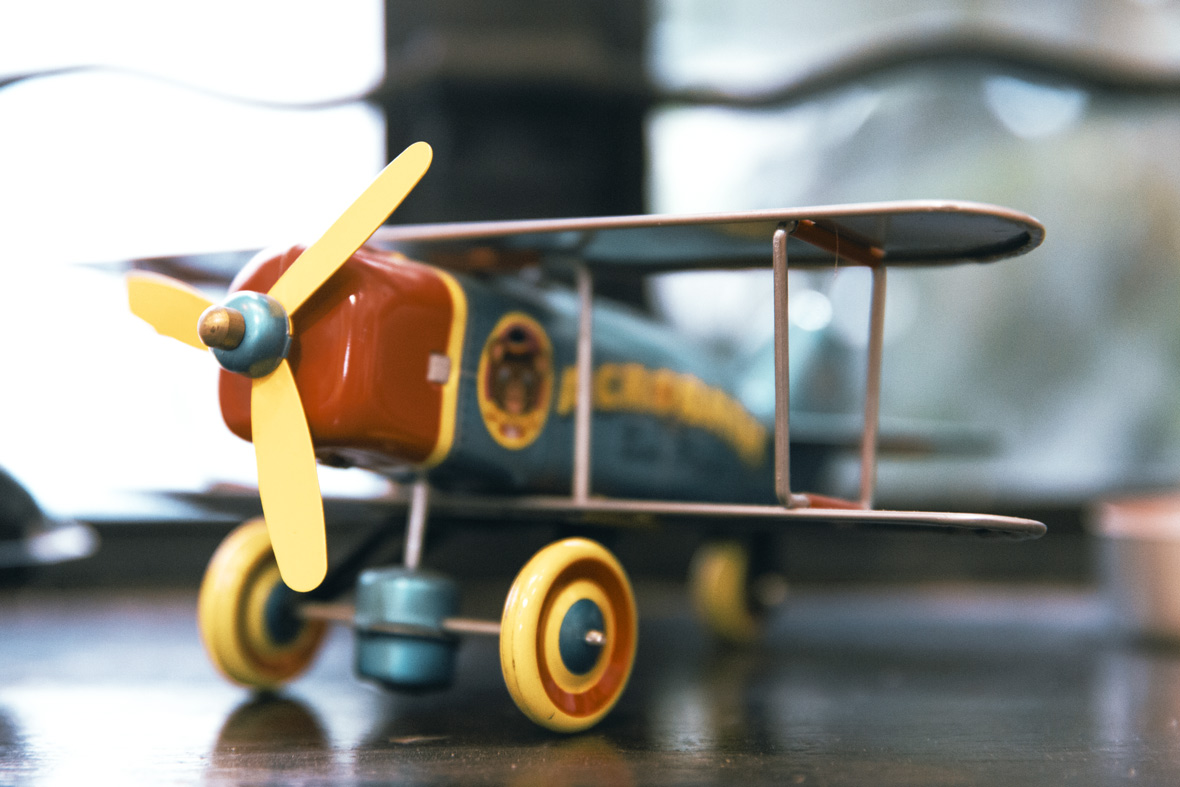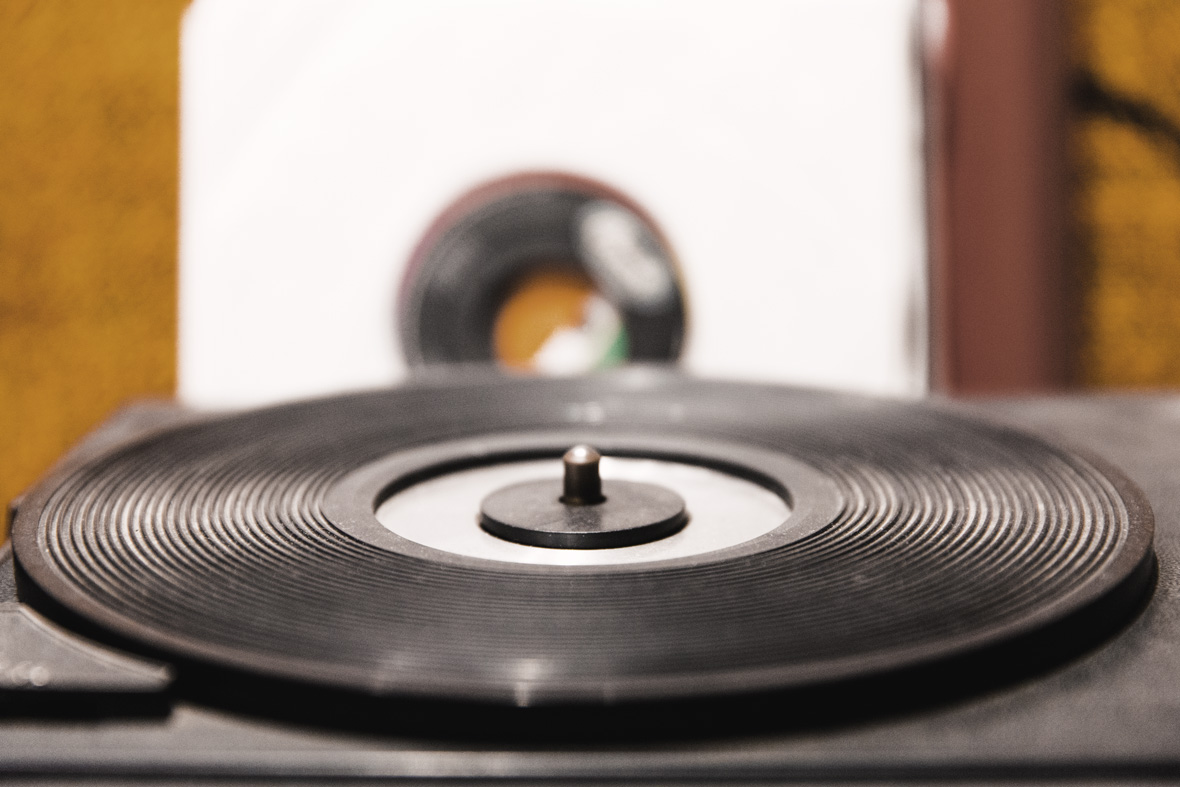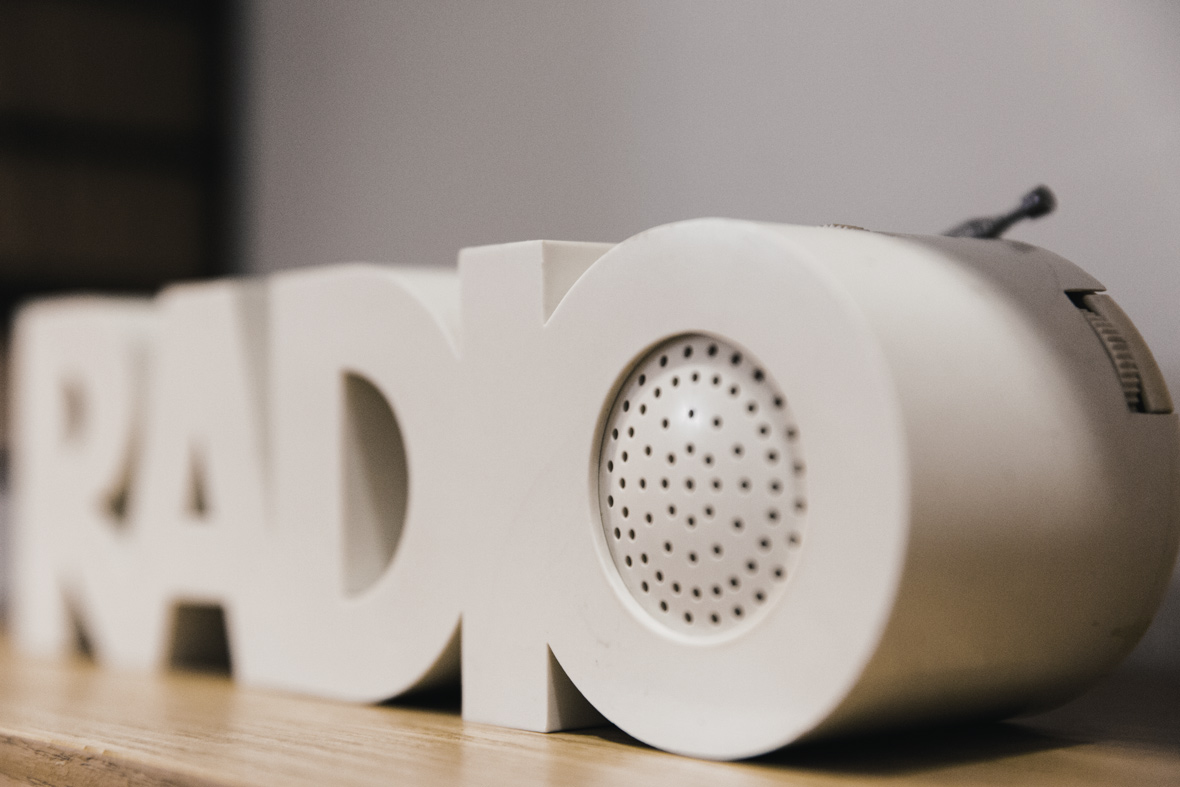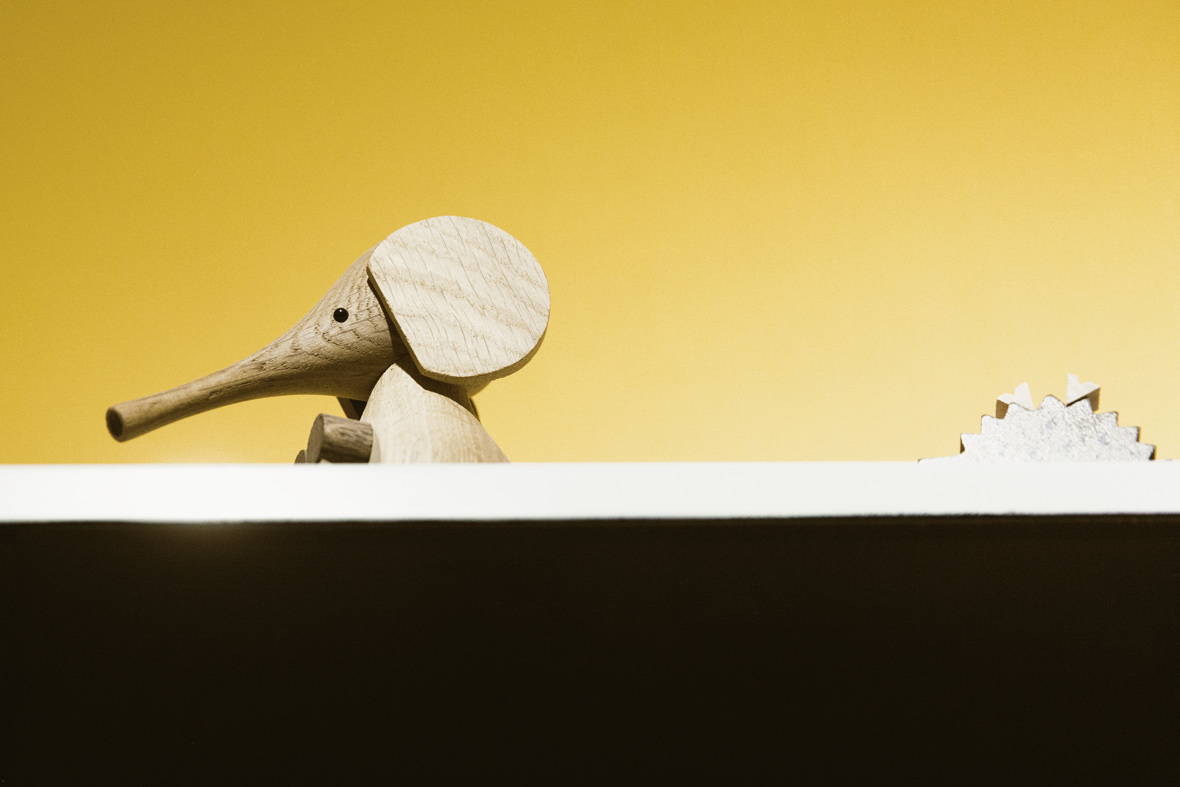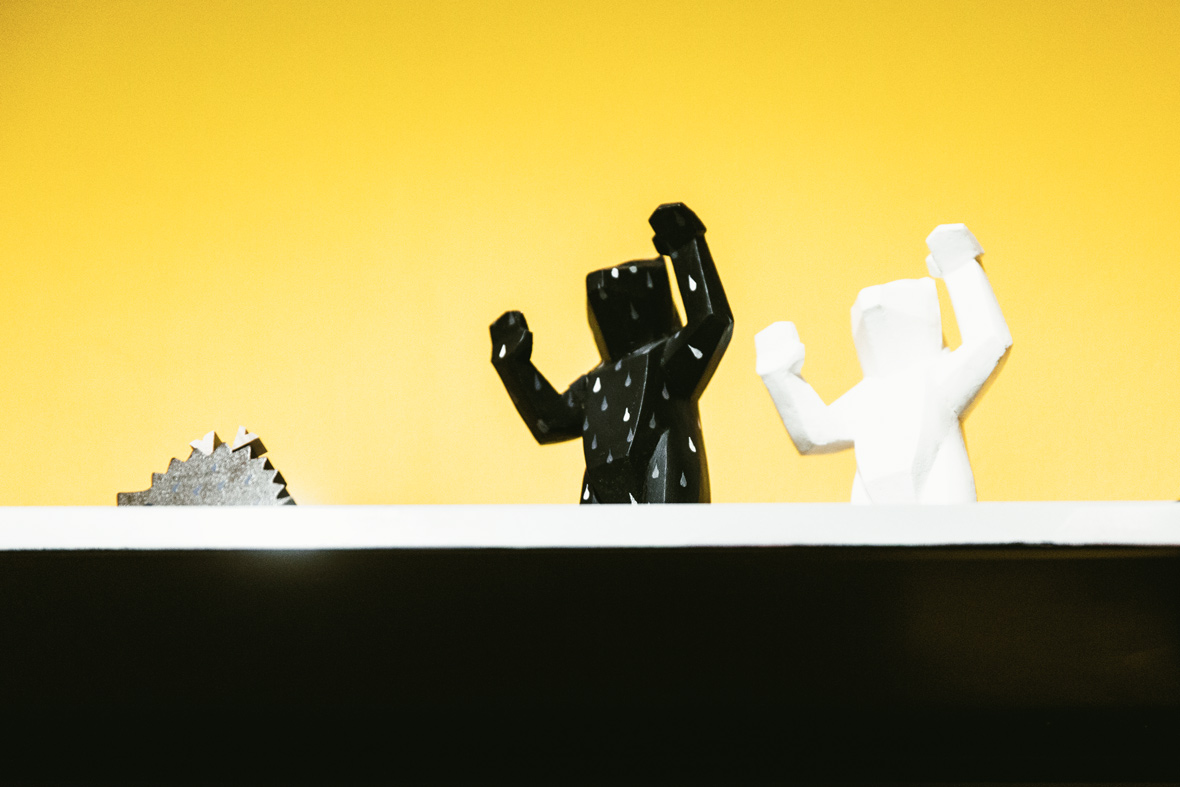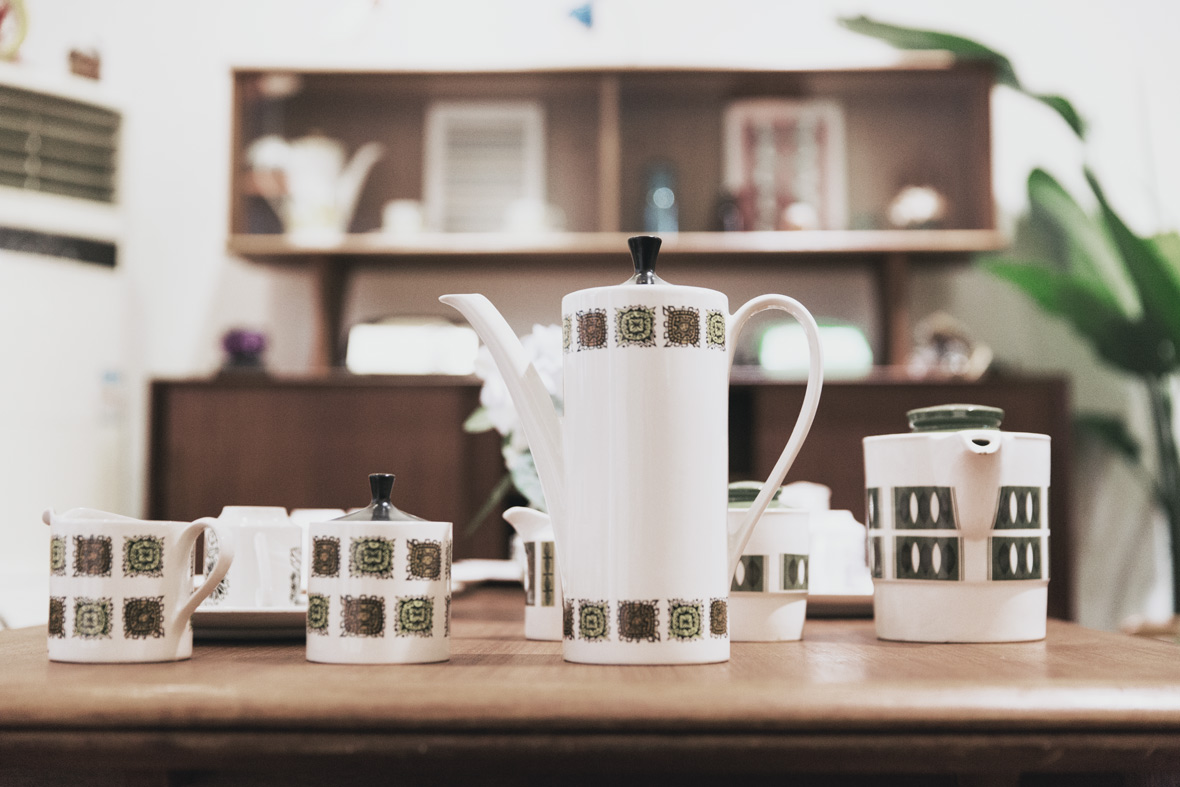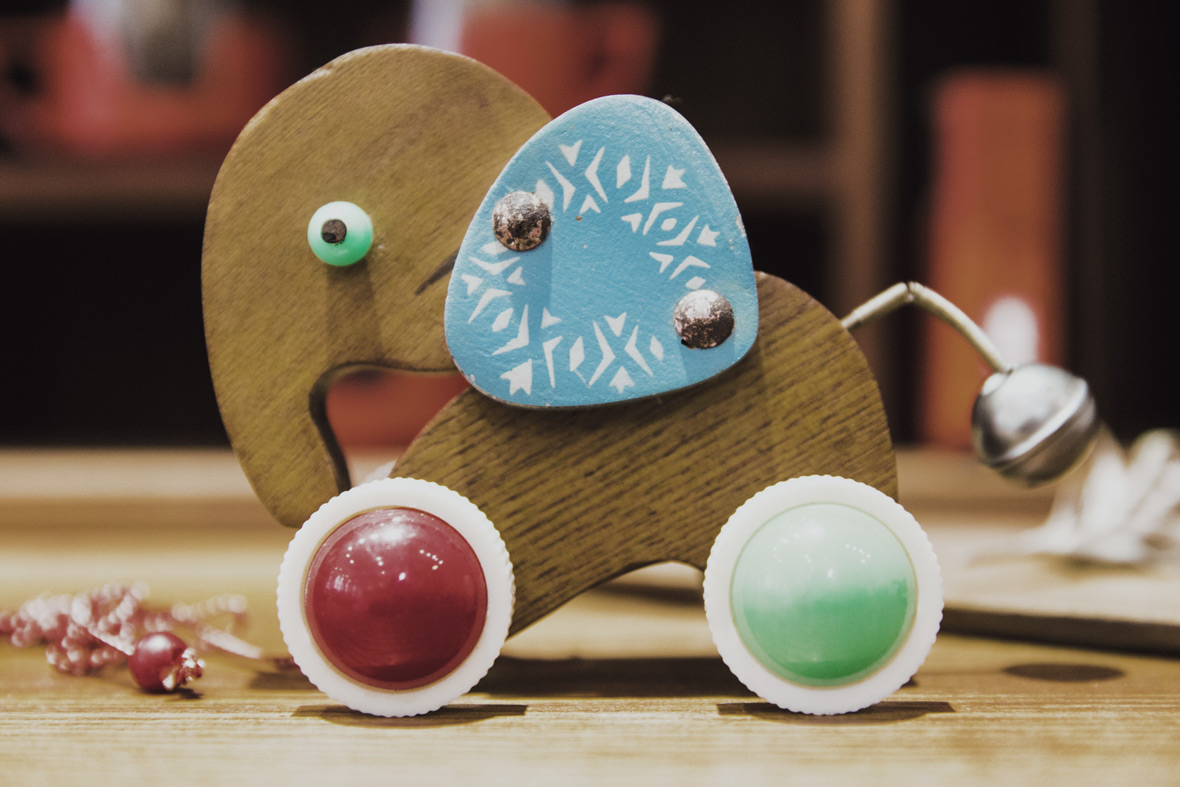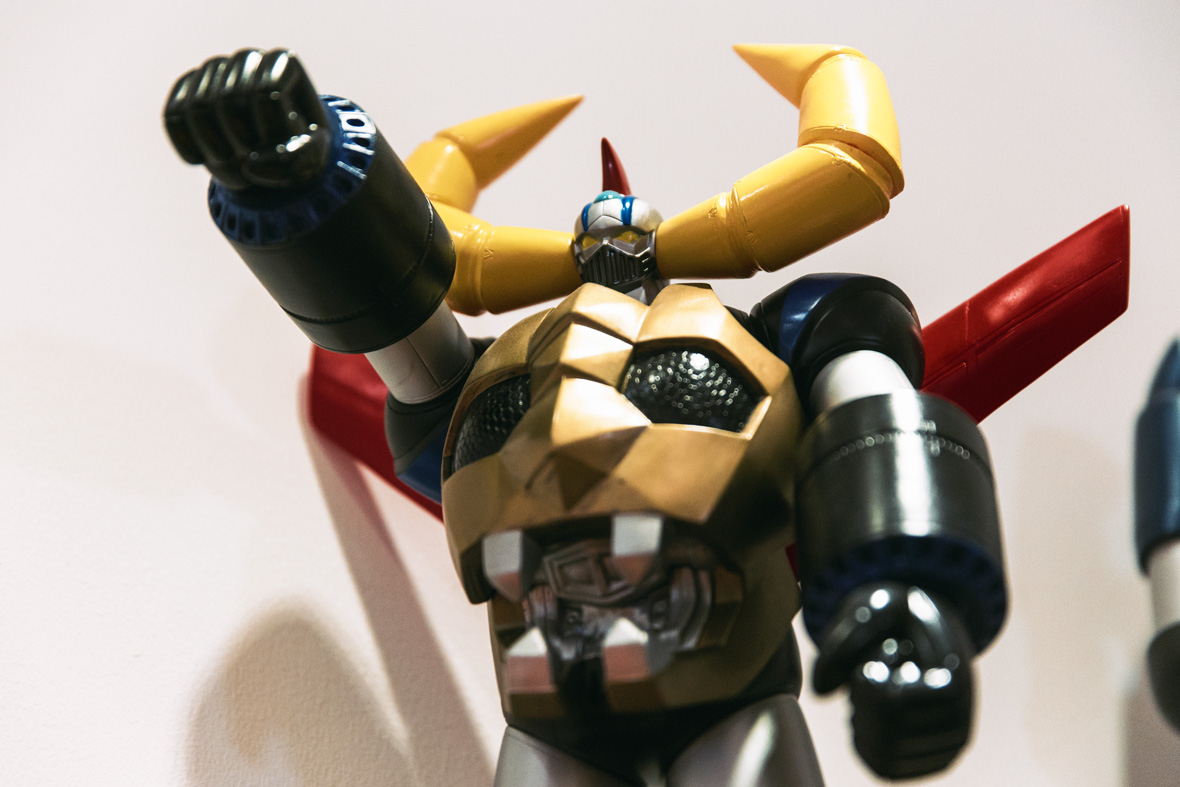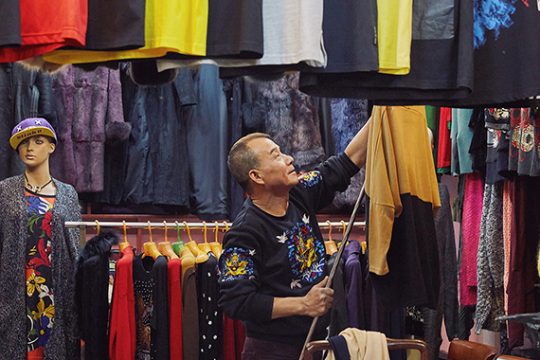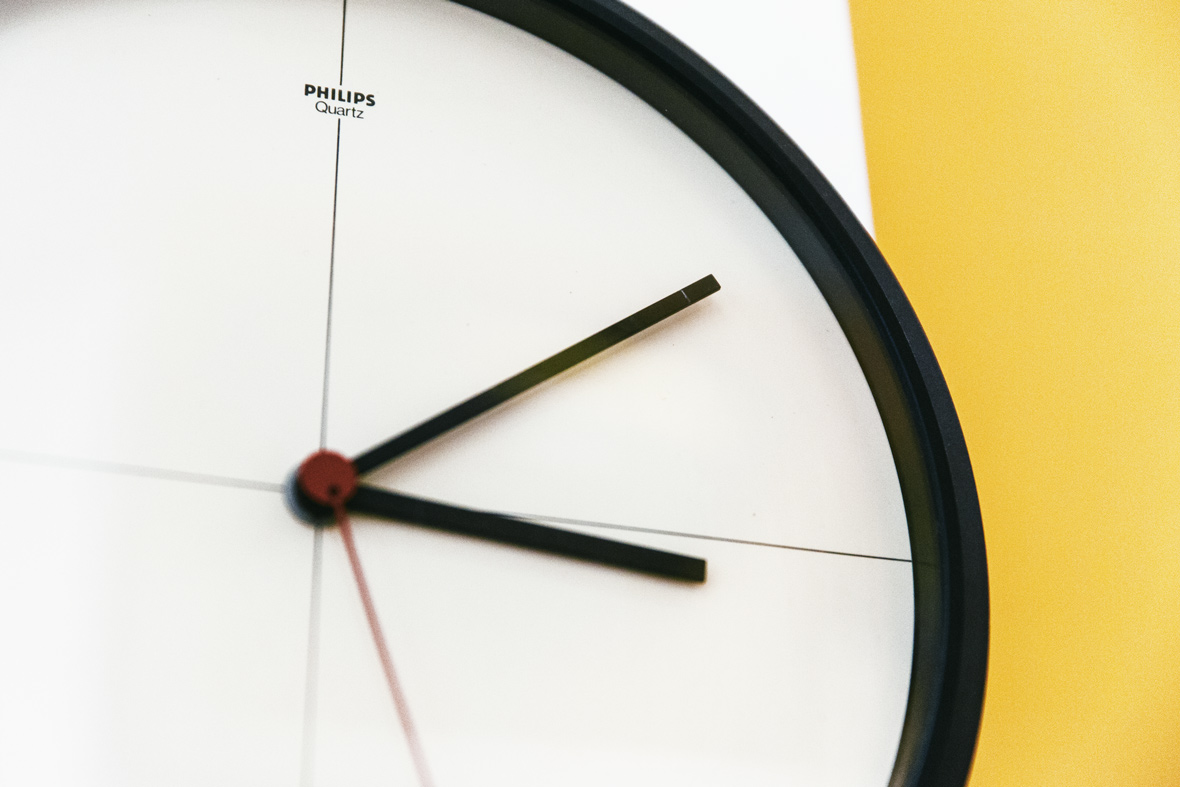
You’ve probably visited a vintage store at one point in your life – it’s often a small space filled with an array of items from different countries and periods of time. But in Shanghai’s French Concession, hidden beneath the leafy canopy of Julu road, lies a specialty vintage shop called ViSH. This store carries a a tightly curated collection of Scandinavian-designed products that exude elegance through simplicity. The store’s entire atmosphere breeds a sense of nostalgia and longing for simpler times. Neocha recently had the chance to speak with Annie, one of the founders of of ViSH, to find out more about her vision and what motivated her to open this unique store.
可能,形形色色的中古商店你已经闲逛了很多,那些来自于不同时期、国度的产品像一锅大杂烩聚集在一起,杂乱无序地堆砌在狭小空间里等你来走马观花。在上海,在法租界,在两旁梧桐遮天蔽日的巨鹿路深处,藏着一家专做斯堪的纳维亚设计风格的中古商店——ViSH实验上海。在这里,那些典雅、自然、简洁的物件儿一定会让你迷失在过去的光阴里,流连忘返。本次Neocha与ViSH实验上海主理人Annie的对话,将为大家呈现ViSH的运营理念。
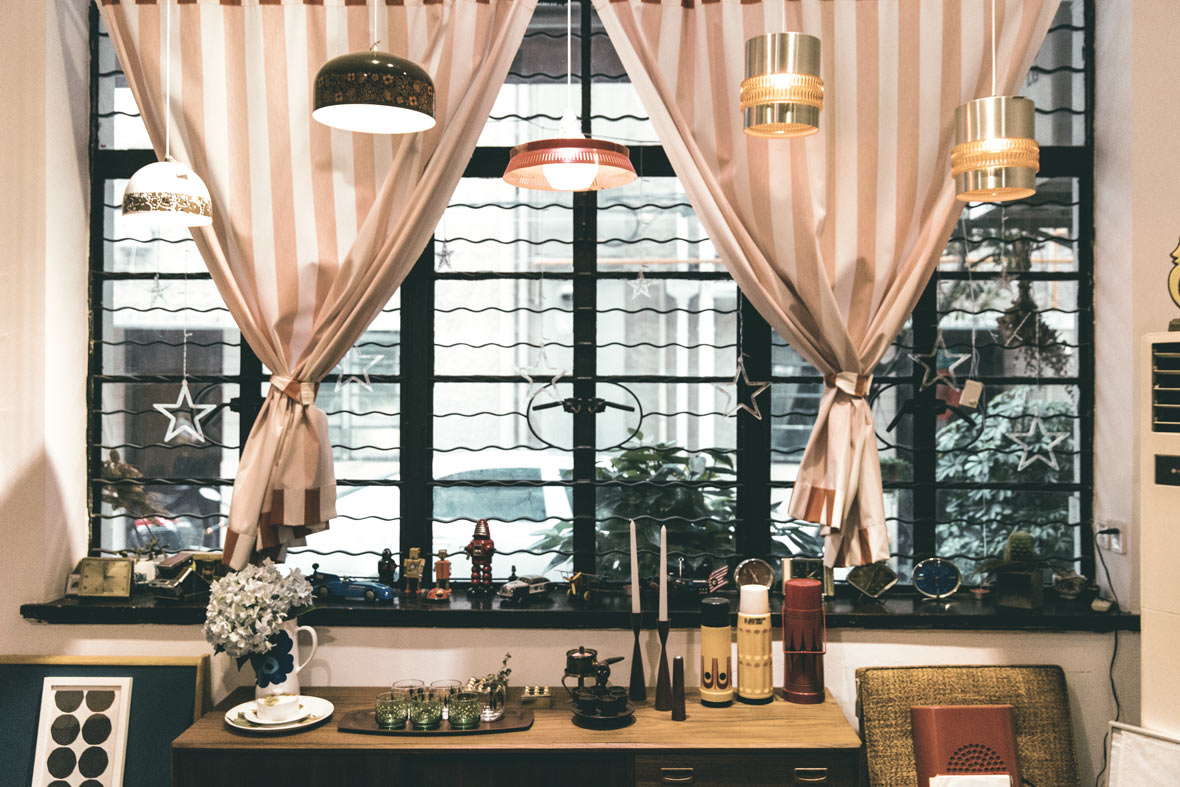
Neocha: How did the name ViSH come about and when did the store open?
Annie: ViSH opened in 2012. The name ViSH is basically composed with two single words. The “Vi” comes from the word “vintage,” and “SH” comes from the word Shanghai. Initially, the store only had a Chinese name called Shiyan Shanghai (Experiment Shanghai). But because of more and more media coverage, we were repeatedly asked for our English name. So we decided to combine the words “vintage” and “Shanghai”.
Neocha: ViSH的名字是源自哪里?你们的店是什么时候开张的?
Annie: ViSH实验上海是我们2012年开的,我们选取英文“vintage”的前面两个字母,然后与上海的英文缩写“SH”结合组成了“ViSH”。起初我们仅有中文名“实验上海”,后来是因为国内外杂志媒体报道得多了,所以大家都希望有个英文名,之后我们才将“vintage”与“Shanghai”结合成“ViSH”。
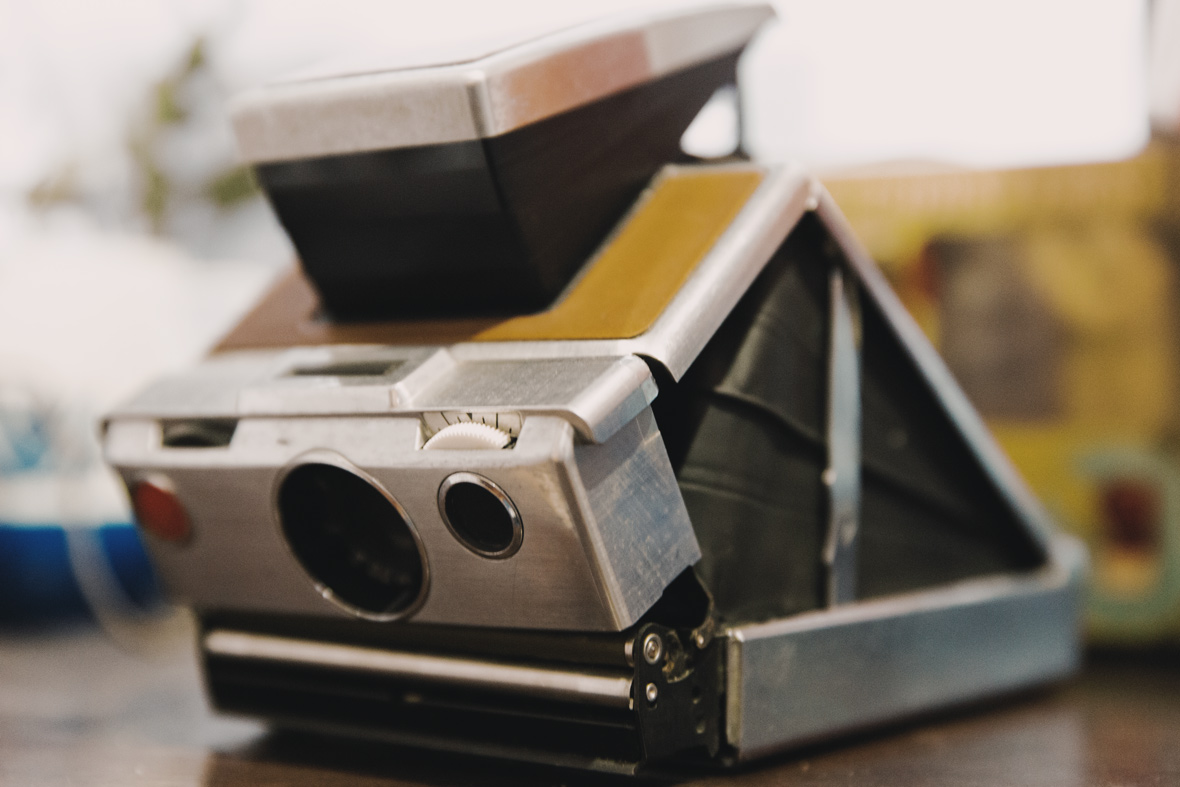
Neocha: What is the concept behind ViSH? What inspired you to open a vintage store in the first place?
Annie: The vintage scene started becoming popular in Shanghai in 2012, so that’s why we opened the shop. Our store is actually one of the first places in Shanghai to sell products with a focus on Scandinavian aesthetics. Even prior to opening the shop, our home was furnished with a lot of vintage things. Truth be told, I loved the aesthetics of contemporary designs when I was younger. But due to financial reasons, I would often find myself in thrift shops, and that led me to the world of vintage items. Unexpectedly, I became more and more fascinated by them. I actually used to be working in a design company. When we opened this shop I guess it just felt like the right time. There weren’t many places to get what we’re selling at the time, so it felt like that there was a great demand and a void in the market. When friends would visit my house and see how the space was furnished, they always seemed to like it. So I felt like there was an opportunity for me to share these beautiful things with others.
Neocha: ViSH的背后有着什么样的一种概念呢?最初又是什么促使你开这样一个复古风格的店?
Annie: 之所以开这家店,是因为在2012年时vintage风潮在上海逐渐开始流行。我们算比较早做北欧风格这一类的店。以前家里面最早开始用的都是老的东西,说实话,年轻的时候也是喜欢新的设计,可是会受到经济上的制约,便开始去淘一些老的物品,后来慢慢地便越来越喜欢老的设计产品。我自己其实以前是在一家设计公司工作的,后来觉得也是个恰当时候吧,便开了这家中古商店。12年的时候上海没有那么多资源,我们觉得这个市场将会有很大需求。当身边的朋友看到我们家里用的东西也很是喜欢,所以后来我们就想将这些东西和大家一起分享。

Neocha: How do you curate your selection of vintage wares? Which areas around the world are you mainly obtaining your products?
Annie: As you can see, most of our merchandise are Scandinavia designed. It’s because I’m quite fond of designs from Denmark, Finland and Sweden. From the 1950s to 1960s, Scandinavian designs were considered to be some of the best. With their material and color usage, Scandinavian designs were considered to best represent the ‘modern aesthetics’ of the era. Besides their coloring choices, Scandinavian designs were also known for their simplicity. This is why we painted the walls of our shop so vibrantly. Honestly, there are so many vintage stores in Shanghai and everyone has their own style. We just want to create a modern and colorful space.
Neocha: 通常你们都依据什么标准去选择这些老物件儿的?哪些区域是你们获取这些东西的主要来源?
Annie: 其实你可以看出,我们现在大部分产品都是北欧风格。这主要因为我个人比较偏向丹麦、芬兰、瑞典的设计。在上世纪50-60年代的时候,北欧的设计是比较厉害的,不管是用料还是颜色,都比较modern,比较简洁。这也是为什么我们将店的主色调设定比较明快的原因。说实话,上海的中古商店有很多,每家都有自己的风格,我们想营造的便是很多彩很摩登的那种。

Neocha: What is it about these areas of the world makes you gravitate towards them to stock your shop?
Annie: Even though Scandinavian designs are simple, you can find many details in the simplicity. In the 1950s and 1960s, there was shift in mentality, and people had emphasis on lifestyle. On top of that, the region has is rather nature in terms of geography and climate. The winters are extremely long and people will spend most of their time at home. This in turn led to a demand to meet higher lifestyle expectations.
So that’s why the majority of our products are from the Scandinavian region. Of course, a small portion of our products are also from Germany and America. We only pick products that we feel like would be a good fit for our store. For example, we might like Rococo-style designs, but a piece like that wouldn’t easily work in someone’s house. As you can see, our selection of products lean towards a more contemporary Scandinavian style that can be easily integrated into people’s homes. People can easily purchase one or two items, and not necessarily buy an entire collection of matching items. We place a lot of importance on quality. So consumers can easily buy something, bring it home, and immediately use it.
Neocha: 那又是什么一直驱使着你们去这些地方淘换这些东西呢?
Annie: 北欧的设计虽然很简洁,但是你可以发现细节设计上有许多巧思蕴含其中。因为上世纪50-60年代的时候,人们对生活品质的追求越来越高,此外,斯堪的纳维亚独特的地理气候条件也是原因之一。那里的冬季漫长,人们大部分时间在家里面渡过,这使得他们对生活方式有更高的期许。
店里面大部分物品是北欧那片的,当然也有小部分可能是德国和美国的,我们只选适合我们店风格的东西。不像其他老的东西,可能你喜欢洛可可风格的,买一件回去却很难融入到家里去。我们所选择的这种比较现代的北欧风格,可以非常容易融入你现在的家。人们可以很简单地买1-2件单品,不需要购入一大堆同样风格的东西,便很容易融入到自己家庭。并且,在收这些商品的时候,我们十分注重品质的把控,从而方便消费者们买回去直接投入日常使用。
Neocha: ‘Vintage is the new modern.’ Can you tell us more about this concept?
Annie: In my opinion, the phrase ‘vintage is new modern’ is about incorporating vintage aesthetics in our modern life. You can find links between modern designs and classic designs from so many contemporary designers. I also consider Scandinavian designs from the 1950s and 1960s to still be fantastic to this day.
Neocha: 可以深入谈谈“vintage is the new modern”这一概念吗?
Annie: 我认为“vintage is new modern”就是把复古带到现在的生活中。当下很多设计,包括大品牌的设计,都可以看到以前经典设计的影子。所以,50-60年代的斯堪的纳维亚设计,就当下你看到的很多设计,尤其是家具和家居设计来说,它的家具设计依旧是非常棒的。

Neocha: What do you do to set yourself apart from the other stores that are similar to yours in Shanghai?
Annie: There are actually so many different vintage stores in Shanghai, and they are all quite different from one another. Our store stubbornly follows our own rules. We don’t want to just follow trends. We just want to collect vintage things we like. As a result, what we sell in our store are things we adore rather than keep up with trends. Therefore, I consider a distinct characteristic of our store to be our insistence to keep only selling what we like. So when people see these items in different places – no matter private homes or public spaces, they can easily spot they originated from ViSH. We hope we can be trendsetters, rather than simply blindly chasing trends.
Neocha: 在上海众多相仿的中古商店中,你们是如何让自己的店脱颖而出的呢?
Annie: 其实在上海,大大小小不同的中古商店非常多。当然大家有自己不同的风格。我们的店一直坚持只做自己,不追风,不跟潮流走,永远只淘自己喜欢的东西。我们出售的东西,都是因为我们自己喜欢才淘回来的,而不是积极去迎合市场,大家流行什么就去买什么卖什么东西。因此我们的店便有了自己的一些特色在里面,便是我们坚持只做自己喜欢的东西。所以当大家在很多地方——无论是朋友家抑或是公共场合,看到我们的东西都能一眼认出来,“哦,这是来自ViSH实验上海的东西 ”。我们希望能够做到拥有这种标志性,而不是去盲目地跟风他人。
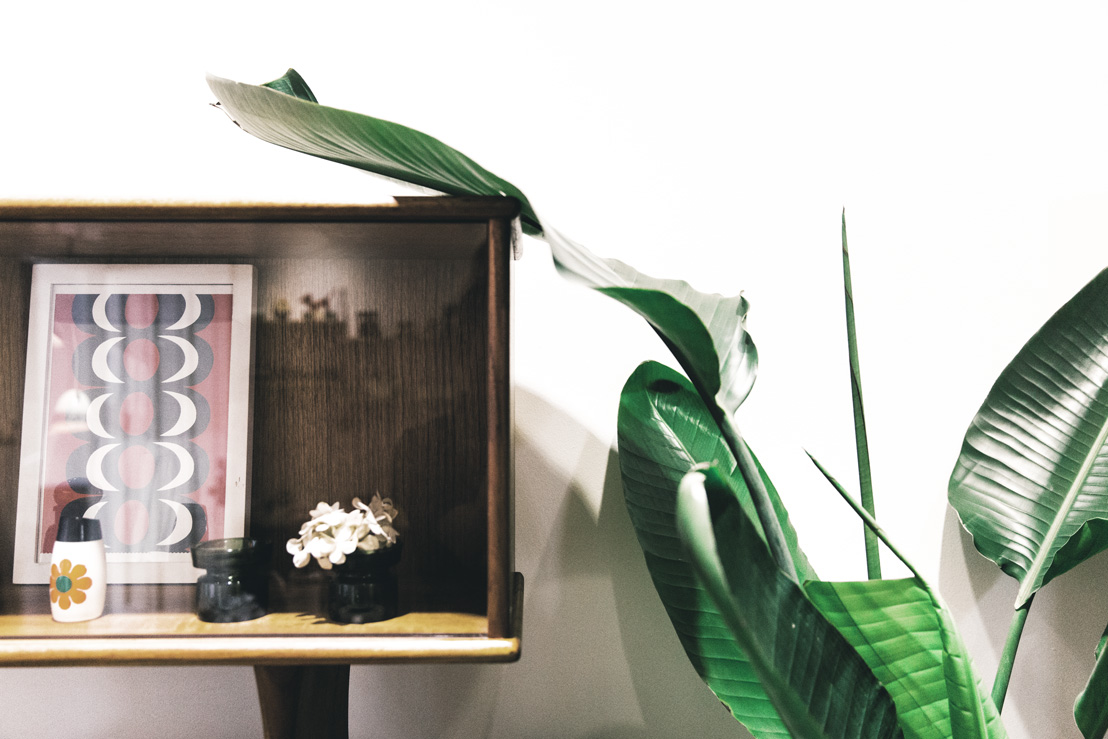
Neocha: Tell us a couple of your favorite products of all time. Which are some of your favorites you’re currently carrying in store? Why are these your favorites?
Annie: To be honest, I love everything in the store. I’m motivated to want bring these things to Shanghai and share them with others because I’m truly passionate about it. So I hope my customers can be people who really know and appreciate vintage designs. They can provide these items a new home. Rather than seeing our products as a mere consumer good, we want our customers to be people that can cherish these items and pass them down to their offsprings for generations to come. We’ve became friends with a lot of like-minded people since the store opened. In our shop, a small portion of items aren’t actually for sale. There are things you simply can’t buy with money. Some vintage items are quite rare and you might not have a chance to come across them again. Great things are harder and harder to come by – so that’s why some of our things aren’t for sale to the public. For example, I’m not willing to sell some of the things that I got from New York’s MoMA – I’d rather keep them for myself. But we’ll still display some of these things we consider to be priceless to visitors.
Neocha: 告诉我们你一直最喜欢的商品是什么类别?目前在店面里面有哪件商品最得你芳心?为什么?
Annie: 其实店里的东西都是我最喜欢的。因为喜欢,我才会淘回来,然后再分享给大家。我希望有懂的人把这些东西领回去,成为它们新的主人,好好爱惜它们,再流传下去,而不是花钱把它们当消费品购买回去。所以开这个店以来,我们也交了很多志同道合的朋友。店里有一小部分非卖品,因为有些东西不是有钱就可以买到,许多古老的东西有的可能本身就一件两件,可能是你以后再也遇不到的东西,好的东西是越来越少的。比如说,我们店里有像纽约MOMA设计博物馆收藏的一些东西,这些我自己是真的不舍得出售的,会自己保留下来的,当然有一些会作为镇店之宝,提供给客人欣赏的。
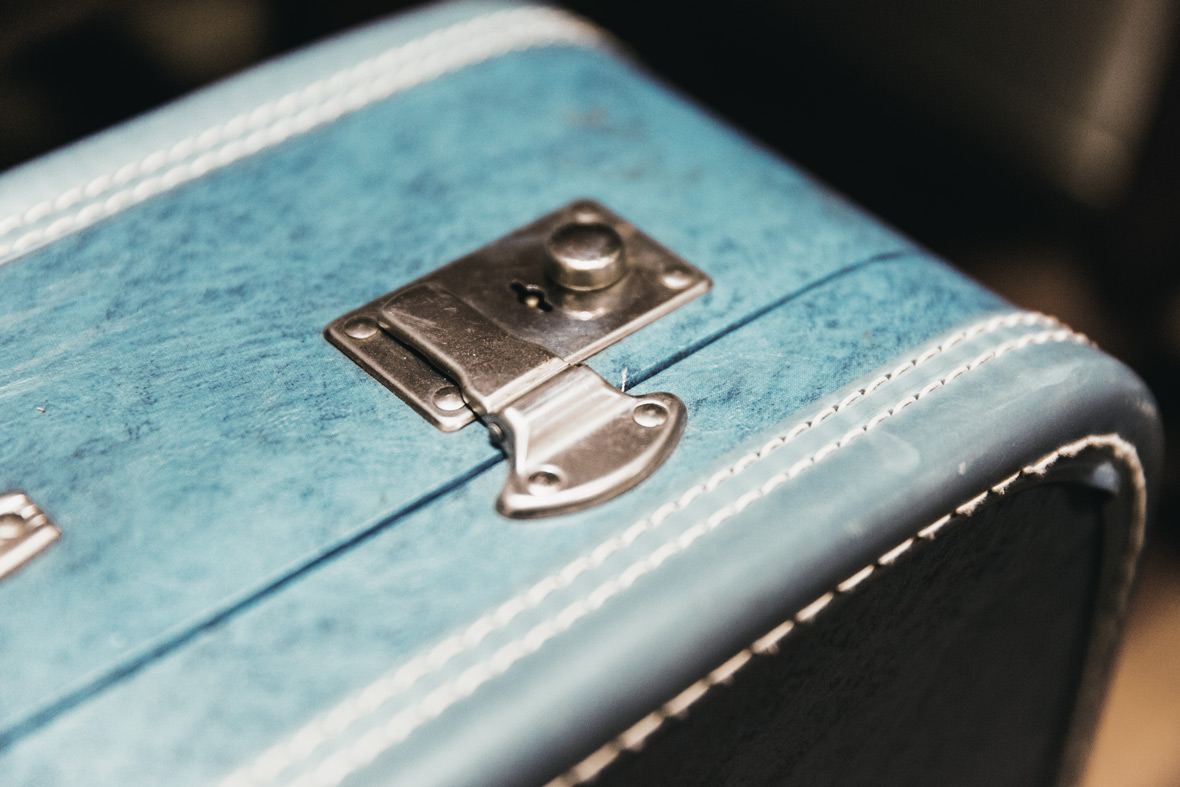
Neocha: Are there other projects on the horizon? What are your long-term plans for ViSH? Are there any particular products coming soon you’re particularly excited about?
Annie: Actually, new products are constantly added into our store. Every year, we travel out the country in search of future products. We even have a supplier in Denmark that provides us a steady supply. They help us find items that will be a good fit for our shop. As for the long term, I hope ViSH can become larger and have even more different products available. We want people to envision these items being a great fit for their homes when they browse our selection. Our shop is pretty small right now, so it’s hard to execute our concept. In the future, I hope to have a larger space. I want to put together a display kitchen, living room, and bedroom that consists of all vintage furnishings. There would also be a café in this same space with the same vintage theme. The chairs customers can sit on, the glassware, and so on would all be vintage. I hope I can spread this love of vintage things to more and more people.
Neocha: 之后还会上架哪些产品? ViSH有什么长期计划?有没有一些你比较钟意并且特殊的产品即将上线?
Annie: 我们一只都有新的产品在上架,每年我自己会出去几次。甚至在丹麦也有我们的供应商,长期对我们供货,并根据我们的要求,去找我们喜欢的东西。至于ViSH的未来,我们当然想有一个很大的展示空间,设置不同的场景,客厅、厨房、房间等。在这样的一个vintage展示厅,用场景展示给大家参考,这个东西我买来可以放在家里什么位置。现在店铺比较小,比较局促,没办法实现这种方式的展示,将来的话我想做得更全面一点。我的梦想是,在这个大空间种有个小的区域,做一个vintage咖啡。客人坐的凳子,用的杯子,都是vintage的东西, 我想把这种文化带给更多的人。
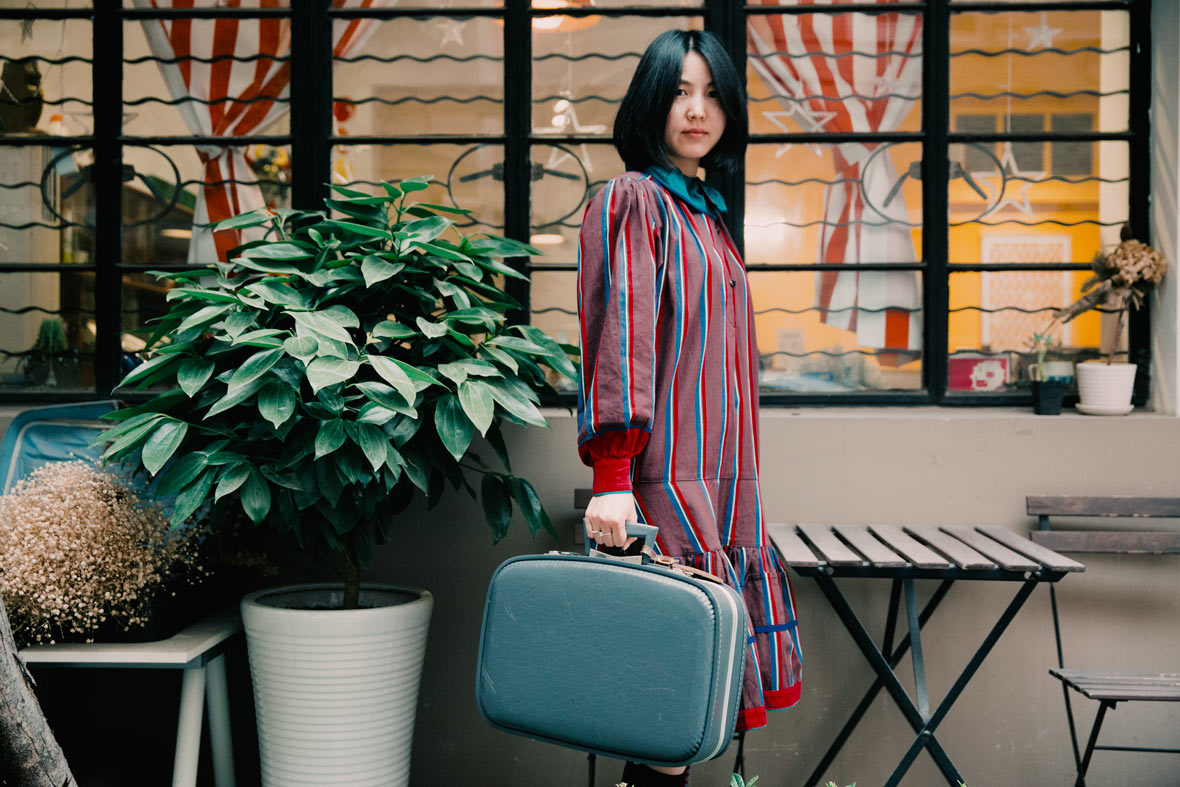
Address:
No. 37, Lane 820, Julu Road,
Jing’an District, Shanghai
People’s Republic of China
Hours:
13:00pm ~ 18:00pm
Closed on Mondays
Weibo: ~/Experish
Contributor & Photographer: Tom Zhang


